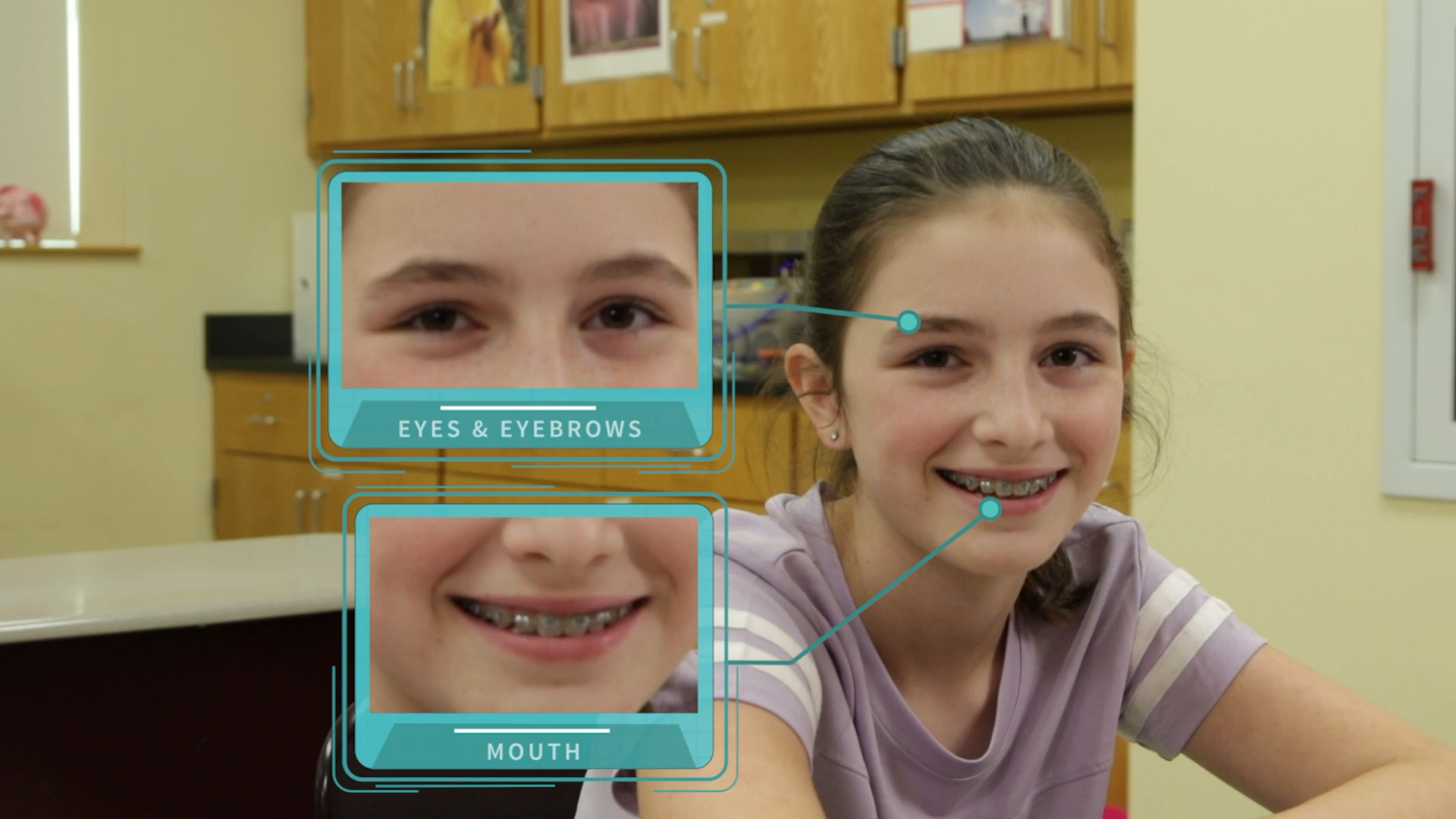Introduction
Teaching students in Special Education to recognize and respond to others’ emotions is a vital aspect of social-emotional learning. By focusing on the Big Three – eyes, eyebrows, and mouth – students can learn to identify the emotions of their peers, leading to improved social interactions and empathy. This blog post will provide an easy-to-implement activity, discussion questions, and further resources to help educators teach this valuable skill.
No-Prep Activity: Emotion Charades
In this no-prep activity, students will take turns acting out various emotions using only their facial expressions. The rest of the class will observe and guess the emotions by focusing on the Big Three.
- Have students sit in a circle or in a comfortable arrangement where they can see each other’s faces.
- Explain the concept of the Big Three and how they can help identify emotions.
- Choose a student to begin. Whisper an emotion to them, such as happiness, sadness, anger, or surprise.
- The chosen student will then act out the emotion using only their facial expressions, focusing on their eyes, eyebrows, and mouth.
- The other students will observe the acting student’s face and try to guess the emotion based on the Big Three.
- Once the emotion has been guessed, discuss why the facial expression conveyed that emotion and how the Big Three played a role.
- Continue with other students taking turns acting out emotions.
This activity encourages students to pay close attention to facial expressions and helps them practice identifying emotions using the Big Three.
Discussion Questions
- Why is it important to understand other people’s emotions in social situations?
- How can focusing on the Big Three help us respond appropriately to others’ feelings?
- What are some challenges you might face when trying to read someone’s facial expression, and how can you overcome them?
- How do our own emotions influence how we perceive the emotions of others?
- Can you think of a situation where understanding someone’s emotions through the Big Three helped you respond in a more empathetic or supportive way?
Related Skills
Teaching students to recognize emotions through the Big Three is just one aspect of social-emotional learning. Other related skills include:
- Active listening and effective communication
- Empathy and understanding others’ perspectives
- Recognizing and managing one’s own emotions
- Conflict resolution and problem-solving
- Building and maintaining positive relationships
Next Steps
To continue building on the skills discussed in this blog post, consider signing up for free sample materials at Everyday Speech. These resources provide a variety of activities and tools to help teach students essential social-emotional skills, including recognizing emotions through the Big Three. By incorporating these lessons into your curriculum, you can support the social-emotional growth of your students and foster a more inclusive and empathetic learning environment.










